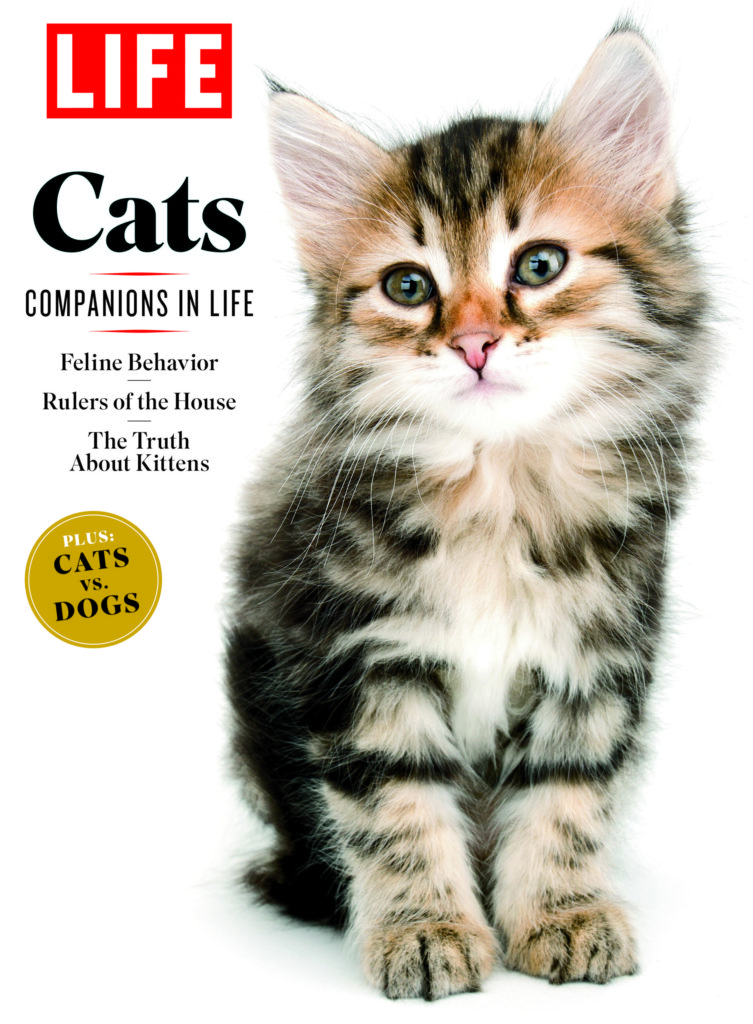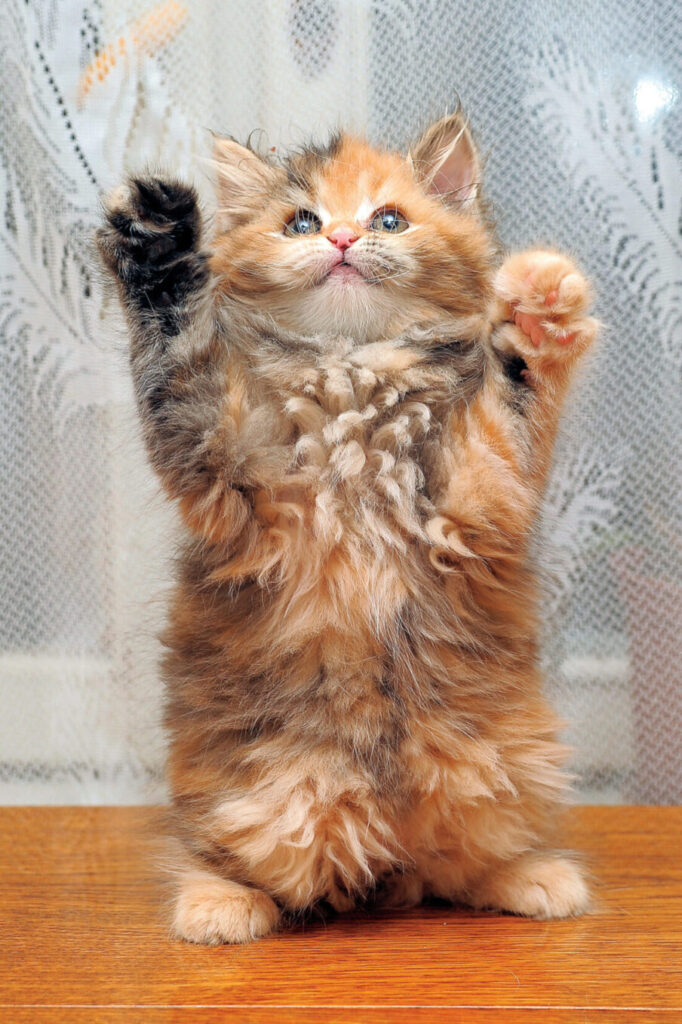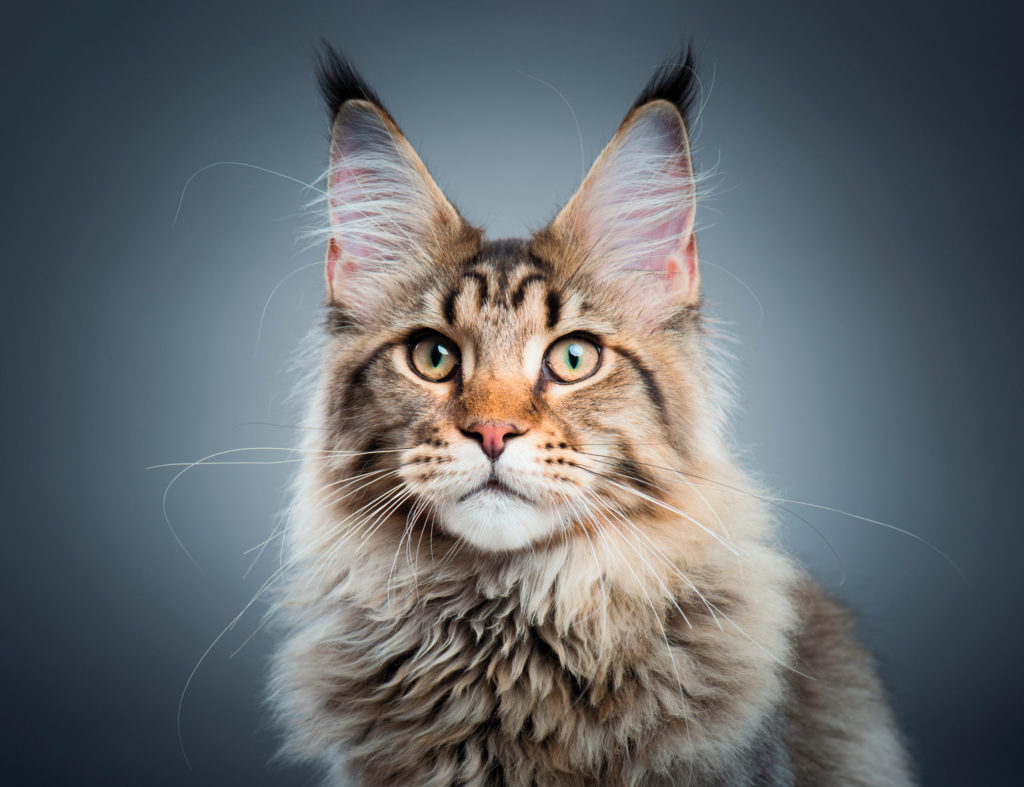Written By: Kostya Kennedy
The following story comes from the introduction to LIFE’s special issue, Cats: Companions in Life.
One morning, some years ago when I was living in New York City, I gathered Kaya into an old blue shawl and carried him eight blocks to the animal clinic to be put to sleep. He had been my cat since I was in the ninth grade. I named him after the Bob Marley album. “Nineteen years is a long time for a domestic short hair,” the vet said, stroking him.
Kaya still had a little life in him at the end. On the walk over to the clinic he batted at my chin from inside his wrap. I talked to him matter-of-factly, telling him about a recent CNN/New York Times poll that had voted him one of the seven best cats in the Northeast. I often told him things like this over the years: my version of coochy-coochy-coo.
Kaya always tolerated the stuff about the polls, though he must have known he wasn’t all that. Not compared to his brother Korduroy, anyway. Korduroy did things you’d tell people about. He would stand in the road near the STOP sign, for example, and when a car pulled up, he’d jump on the hood and peer into the windshield. Kaya would watch this impassively, and he also looked on when Korduroy engaged in elaborate play-fighting games with the neighbor’s German shepherd. Next to Korduroy, a skilled small-game hunter who knocked on our front door by putting a paw into the mail-slot, Kaya seemed a simpleton.
He was docile and deliberate and he purred a lot. He didn’t much go for killing things but he got into sudden, spirited battles with ball-point pens and dangling extension cords. He had white mittens on his front paws, white knee-length stockings on his hind legs, and soft snowy fur around his muzzle, neck, and breast. Otherwise he was cloaked in a hodgepodge of blacks and browns. He had wide, yellow-green eyes. He lay down a lot.
Among me and my immediate family we’ve had maybe a dozen cats over the years—not including the eight kittens that once roamed my parents’ house after Palaleela had her litter—and there is no question that in matters of decency and kindness Kaya was the best of the lot. He let Korduroy eat first. He put up with two-year-olds who tugged his tail. He kept you company. Many cats are keen to human suffering, but none was keener than Kaya. When someone was sad, Kaya always came around. “Mow,” he’d say, and look up at you.
Kaya appreciated good, simple things: being brushed with a fine comb, warm chicken scraps, a scratch behind the ears, weekends on the Cape, a place to sleep at the foot of the bed. How often do we celebrate the life of a cat?
Maybe it was because he didn’t know any tricks that in the last few years of his life, Kaya began to talk. He mewed incessantly. His most common issuance was a loud, plaintive wail that sounded more like a human baby than any animal I’ve heard. “Dude, you’ve got a kid over there?” friends would say during phone conversations. My professional acquaintances knew him too. I’d be interviewing someone, and when Kaya’s voice filled the phone lines I’d sense the person on the other end ignoring it uncomfortably. “I know,” I’d say to Kaya afterward, “it can be hard to be a cat.”
Kaya delivered other sounds besides that trademark yowl. He had a two-beat high-pitched me-ow for when he was playing happily or anticipating food. He gave a short, chirplike mew as a greeting when he walked into a room. His long trilling mew meant he wanted to go out. A low, guttural “reowwl” said he was encountering another cat. An airy half-mew, half-yawn meant he was waking up, and Kaya’s odd, unnerving series of yips told you he sensed a thunderstorm on its way. Whatever Kaya’s agenda, the only sure way to quiet him was to take him onto your lap.
The mewing became a backdrop to my life that did not fade until the very end. When I made the appointment at the clinic, Kaya had been sick for several weeks. Thyroid condition. He slept nearly all the time and he couldn’t keep his medicine down. He stopped jumping up onto the bed at night. He kept to a corner of the apartment, venturing out every few hours to stare into his water dish and take a few half-hearted laps. When his mewing died down, a strange silence settled upon the apartment. Around that time he stopped eating.
It got to me, of course. I tried to tempt him with his favorite foods. Friends came over to tell Kaya good-bye. The night before we went to the clinic I was sitting on the couch—quiet, glum, and staring off. I guess Kaya could tell I was in a rotten way. I looked down when I felt him rubbing weakly against my shins. He peered up at me. “Mow,” he said, and then he slumped back over to the corner to rest.
The next morning I carried him in the crook of my arm. I talked to him as if nothing were wrong. At the clinic I set him on a table in a small greenish room and stroked him until I could feel a faint purr in his breast. The vet was there too, and Kaya, with what seemed like great effort, gave a final, soft meow.
His life was gentle, I tell people, and you could have learned from him.
The special issue Cats: Companions in Life is available for purchase here.

Yevgen Romanenko/Moment/Shutterstock

Kittens can sleep up to 20 hours a day, but this one woke all the way up to smile for the camera.
jdross75/Shutterstock

This fluffy cat was in a playful mood; feline personalities begin to emerge at around five weeks, which is when they begin to be weaned.
Evdoha_spb/Shutterstock

Ancient Egyptians honored cats by preserving them as mummies.
Daniel Simon/Gamma-Rapho/Shutterstock

A Bengal cat named Tobysden Pyrrha posed for a studio portrait after participating in the 2018 GCCF Supreme Cat Show in Birmingham, England.
Shirlaine Forrest/WireImage/Shutterstock

This boy, a Dutch billiards prodigy, fed cream to his cat in 1953.
Nat Farbman/The LIFE Picture Collection © Meredith Corporation

Brownie drank milk straight from the cow as Blackie waited his turn at a dairy farm in Fresno, Calif., in 1953.
Nat Farbman The LIFE Picture Collection/Shutterstock

It looks like this dog, cat and mouse were considering acting out the food chain, but this was in fact a friendly gathering of the household pets of the Lyng family in Denmark, 1955.
Jytte Bjerregaard Muller/The LIFE Images Collection/Shutterstock

This Siamese cat escaped up a pole in Carlsbad, N.M. in 1962, and hoped the cocker spaniel in pursuit would obey the sign.
Bettmann/Shutterstock

Sometimes cats and dogs do get along.
Chris Swanda/EyeEm/Shutterstock

Diana wrote in her diary at the desk in her sitting room in Kensington Palace.
DenisNata/Shutterstock

Oscar, a hospice cat, who had an uncanny knack for predicting when nursing home patients were going to die, walked past an activity room at the Steere House Nursing and Rehabilitation Center in Providence, R.I. David Dosa profiled Oscar in his 2011 book, “Making Rounds With Oscar: The Extraordinary Gift of an Ordinary Cat.
Stew Milne/AP/REX/Shutterstock

Scarlett the cat, whose eyes were singed shut after saving her kittens during a building fire, snuggled with her new owner, writer Karen Wellen in 1997; Scarlett’s eyes healed.
Taro Yamasaki/The LIFE Images Collection/Shutterstock





















